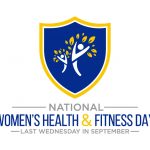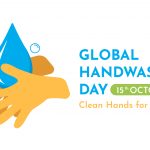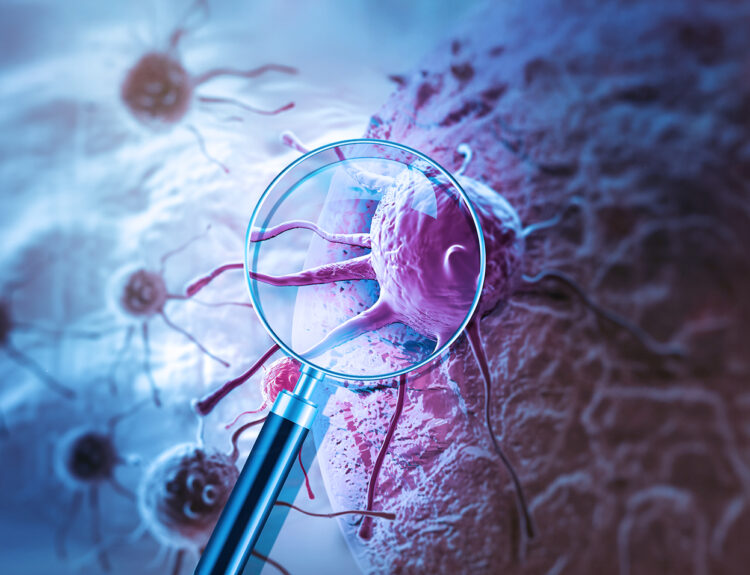Breast cancer remains to be the most common malignancy in women and places second on the causes of morbidity and mortality. Almost every one of us knows someone who had breast cancer, as the odds increase primarily with age, which brings the ageing population around the world at risk for this dreaded disease. In celebration of World breast cancer month, we inform the masses on what they should know about breast cancer, what are the developments on breast cancer, and what can we do to curb down the incidences.
What we should know about breast cancer
While classifying breast cancer according to tissue pathology is not new to most of us, molecular biologists have discovered how breast cancer works on a molecular level, which can help us predict the appropriate treatment for the patient. By knowing the molecular characterization of the patient, we would know which chemotherapeutic drugs are more suitable for the specific for her.
HER2 (human epidermal growth factor receptor 2) is found to be an overexpressed protein in patients predisposed to have breast cancer. Evaluating the expression of HER2 in patients can predict the treatment modality where the patient is most likely to respond and remains to be the factor predictive of therapeutic success, along with the hormonal receptors to follow.
ER-positive, or estrogen receptor-positive, denotes the higher expression of estrogen receptors in women and is found in 50-60% of women. This is the biologic subgroup of breast cancer that was found to increase as women ages, and subsequently, the mammogram was found to be more preferential to ER-positive tumours. This subtype was also more commonly found in women who undergo hormonal menopausal therapy, to decrease the symptoms of menopause in ageing women.
BRCA1, (Breast Cancer, type 1) is usually a gene for DNA repair and tumour-suppressing function. It is when this gene is mutated that it poses significant risks in the incidence of breast cancer and can be associated with 80% to 90% of “single-gene” familial breast cancers, and an estimated 3% of the overall incidence of breast cancer. This now serves as one of the most used biomarkers for breast cancer. In women bearing mutations in the BRCA1 gene, a rough estimate of about 30% to 90% is the possibility of developing breast cancer.
- Men and breast cancer
Breast cancer in men constitutes about 1% of all incidences, and while breast cancer is less likely seen in men, the death from the disease is at around 20%, based on the statistics from 2018. The BRCA2 gene is more commonly associated with breast cancer in men. Same as in women, the factor of hormonal increase of estrogen in men is associated with an increase in the incidence of breast cancer, observed in conditions such as gynecomastia, liver problems, testicular diseases, and being overweight.
- Epidemiology
Bearing good news to today’s women, our fight against breast cancer seemingly got better in 2019, relative to the past few decades as the mortality rate dropping down by 40% and is equivalent to 375,900 lives saved, based on statistics.
Risk factors
Irreversible risk factors include age and family history of breast cancer, which significantly increases the chances of developing one. At around 99.3% and 71.2% of breast cancer deaths in the US in 2016 have been documented in women of ages 40 and 60 years above, respectively, which emphasizes older age as a risk factor for breast cancer. In addition to this, around 25% of patients with breast cancer have a family history of the disease, making it strongly familial in nature. Hormonal changes also improve the chances of breast cancer as more prolonged exposure to estrogen can predispose a patient to have the disease, anything from early menarche, too late menopause, or even taking estrogen pills.
On the other hand, women can still lessen the likelihood of having the disease by controlling the reversible risk factors. These include intake of alcohol and highly fatty foods, as these can increase the circulating estrogen in the body. Obesity increases the chances of developing breast cancer in a patient, for the same reason. Among the most preventable causes of cancer is smoking, not only for breast cancer but also for other cancer sites.
Self-assessment
The great advantage of breast cancer for the patient, relative to other types of cancers, is that the suspected abnormal cells are in an exposed and accessible area, and thus self-assessment is more manageable for every woman. This is why self-assessment of one’s breast is recommended especially at ages 30 and above (once recommended for 40 years).
It is important to note that back in 1994, patient deaths related to breast cancer declined to around 20% to 30% because of the screening and treatments, so women suspecting breast masses should be encouraged to seek consultation immediately for earlier diagnosis and better outcomes. Early diagnosis has always been the best interventions that significantly improves the prognosis of the patient since the risk increases incrementally with every opportunity of catching it early, is missed.
Prevention
Overall, several factors for having breast cancer are completely preventable, including diet, sedentary lifestyle, alcohol intake, and smoking, which decreases the risk of having the dreaded disease. For women ages 30 years, self-assessment of the breast is very helpful in screening for possible breast masses and leads to early diagnosis, which has saved thousands of people, as evident by history. By knowing all of these, women are sure to have a fighting chance against this disease, showing how women have grown stronger and wiser today and over the years to come.

References:
Akram, M., Iqbal, M., Daniyal, M., & Khan, A. U. (2017). Awareness and current knowledge of breast cancer. Biological research, 50(1), 33.
Dai, X., Xiang, L., Li, T., & Bai, Z. (2016). Cancer hallmarks, biomarkers and breast cancer molecular subtypes. Journal of Cancer, 7(10), 1281.
DeSantis, C. E., Ma, J., Gaudet, M. M., Newman, L. A., Miller, K. D., Goding Sauer, A., … & Siegel, R. L. (2019). Breast cancer statistics, 2019. CA: a cancer journal for clinicians, 69(6), 438-451.
Feng, Y., Spezia, M., Huang, S., Yuan, C., Zeng, Z., Zhang, L., … & Liu, B. (2018). Breast cancer development and progression: Risk factors, cancer stem cells, signaling pathways, genomics, and molecular pathogenesis. Genes & diseases, 5(2), 77-106.
Giordano, S. H. (2018). Breast cancer in men. New England Journal of Medicine, 378(24), 2311-2320.
Loibl, S., & Gianni, L. (2017). HER2-positive breast cancer. The Lancet, 389(10087), 2415-2429.
Sun, Y. S., Zhao, Z., Yang, Z. N., Xu, F., Lu, H. J., Zhu, Z. Y., … & Zhu, H. P. (2017). Risk factors and preventions of breast cancer. International journal of biological sciences, 13(11), 1387.
Waks, A. G., & Winer, E. P. (2019). Breast cancer treatment: a review. Jama, 321(3), 288-300.
Wang, L. (2017). Early diagnosis of breast cancer. Sensors, 17(7), 1572.






